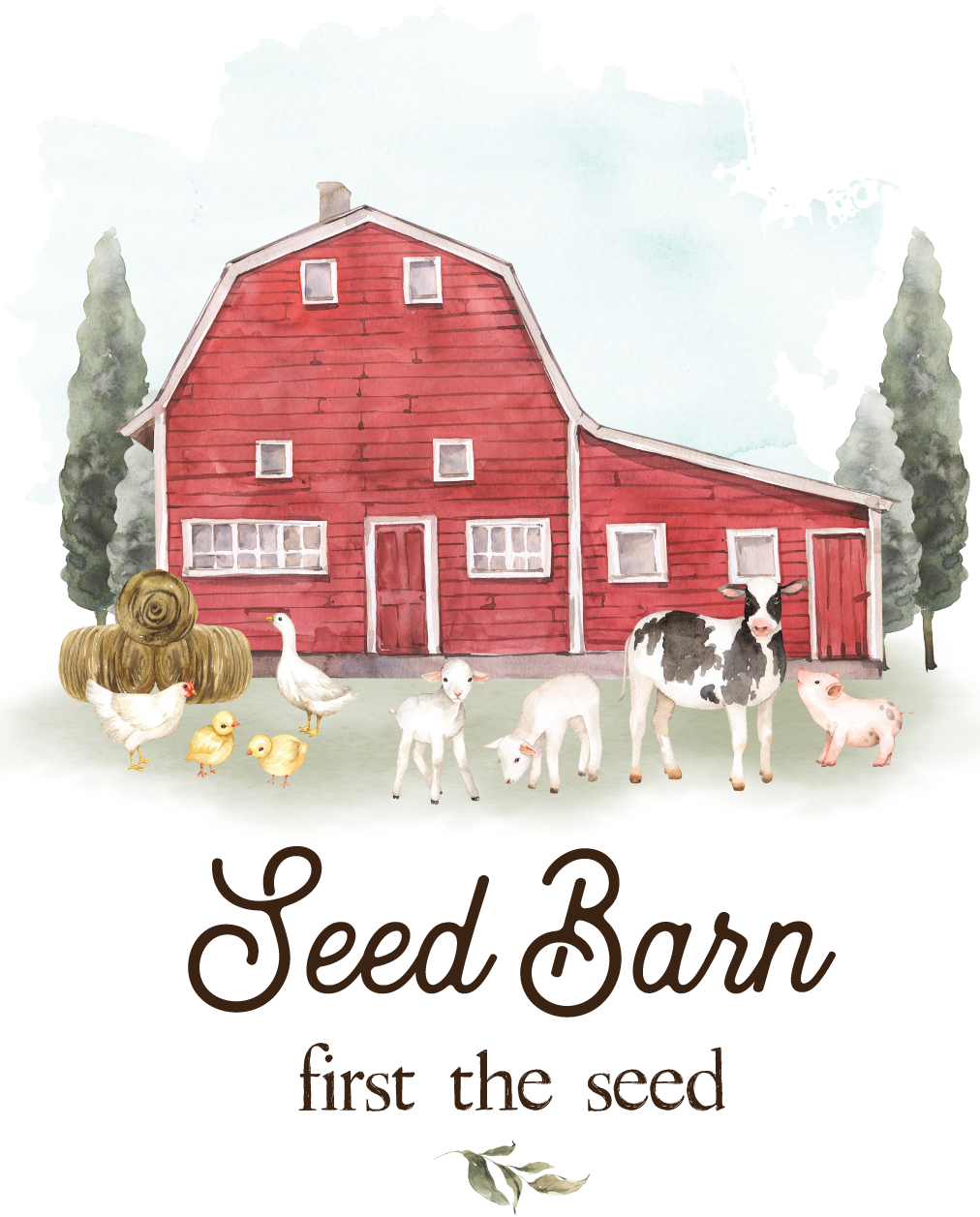Limited Time Free Shipping On The Entire Store
Tel: 813 540 2000 | Mon - Fri 8am - 5pm Est. | Email: support@seedbarn.com
Plant 1.5 Lbs. per 1000 Sq.ft.
Penn A-4 will also provide a good playing surface for tees and fairways. Recommended seeding rate is 1.0 to 1.5 lbs/1,000 sq ft for new plantings, and 0.1 to 0.25 lbs/1,000 sq ft for interseeding.
Penn A-4 is dark green with fine leaf
texture, exceptional heat and cold tolerance, high density, disease
resistance, and aggressive growth habit. It provides a smooth grainless
putting surface. Penn A-4 will also provide a good playing surface for
tees and fairways. Recommended seeding rate is 1.0 to 1.5 lbs/1,000 sq
ft for new plantings, and 0.1 to 0.25 lbs/1,000 sq ft for interseeding.
It is proven to be adaptable to various conditions. University data
shows that it is able to compete against grassy weeds such as Poa annua
with great success. Prefers to be kept on the dry and lean side, thereby
reducing maintenance costs.
It
has been stated that these grasses are different and not to be managed
as other bents. Summarizing this, it means less fertilizer, less water,
less babying than the old bents that superintendents are accustomed to.
In other words, it adds up to less worry. These bents are tough, useful
grasses that require different management, but overall the management is
actually easier than the superintendent is accustomed to. The end
result is a very highquality playing surface that thrives on low mowing
and culminates in near-perfect conditions, with no extraordinary
practices. The formulations and rates may need to be adjusted according
to soil test results and turfgrass performance of the listed grow-in.
Afterthe turfgrass has grown in, fertilizer applications should be kept
light and infrequent. This can be accomplished by the use of a
fertigation system or a soluble product.
The
amount of the fertilizer should be .1 lbs of nitrogen every 14 days
+/-, depending on approximate growth, clippings, and performance. The
yearly amount of nitrogen will be from 2 to 4 lbs, phosphorous 2 to 3
lbs, and potassium 6 to 10 lbs. As far as micronutrient amounts, this
should be checked with tissue tests during the year and again with a
soil test in the early spring. Maintenance Program The first mowing
should be done when there is uniform turf coverage with a height from
1/4 to 3/8 inches and definitely not more than a 1/2 inch. The mower
should have a smooth front roller. It has been reported that some people
have used grooved rollers too early. Clippings should not be caught
early on, as this will help build a biomass or padding that will protect
the plant from damage. During the early stage it is important to do a
weekly light topdressing. This will cover the clippings and smooth any
roughness in the surface as well as accelerate the filling-in of the
turf grass canopy. It is possible to get to the desired mowing height
within six to seven weeks after the first mowing, if not sooner. The
Penn series grasses are maintained by most facilities at 1/8 inch or
lower for greens. It is important to irrigate only when necessary, such
as when required fill the soil profile to field capacity or when trying
to flush salts from the soil profile. This could be a 30 to 40 minute
cycle, depending on the type of irrigation used or time of year. Do not
irrigate the next few nights with a 5- or 10-minute cycle. Stretch the
time between irrigation cycles as long as possible. Again, this will
vary according to the time of year, but it is possible to go at least 4
to 10 days longer, only needing to hit hot spots if required.
With
regard to aeration, this has varied from course to course. Most golf
courses aerate two to three times a year: in the spring, early summer,
and fall, similar to what is currently being done with other
bentgrasses. Some courses are going less, others more, but it all
depends on the size of the greens, soil type, and traffic. Topdressing
varies depending on management style, from light weekly applications to
once a month when verticutting. As with all bentgrasses it is important
to get as much topdressing into the canopy as possible. This can only be
accomplished if the canopy is opened up by the use of groomers,
verticutting, grooving, or spiking.
These are basic guidelines, which should be adjusted to location conditions or requirements.
Top Notch Guarantee
Fast Free shipping
Traditional Farmers
OMRI Listed Products
By clicking “Accept All Cookies”, you agree to the storing of cookies on your device to enhance site navigation, analyze site usage, and assist in our marketing efforts.
